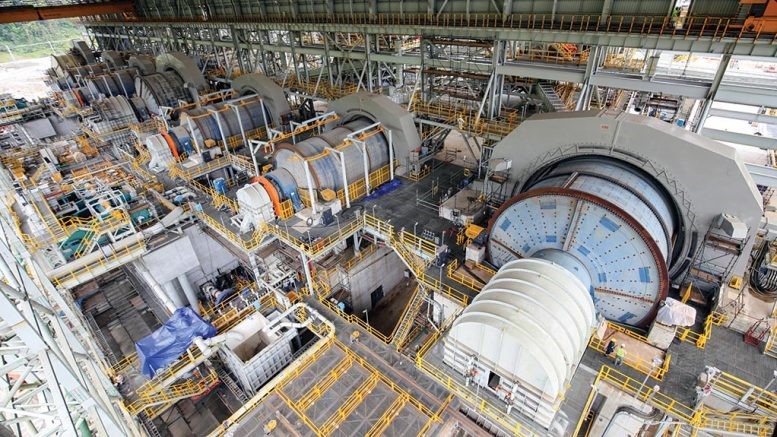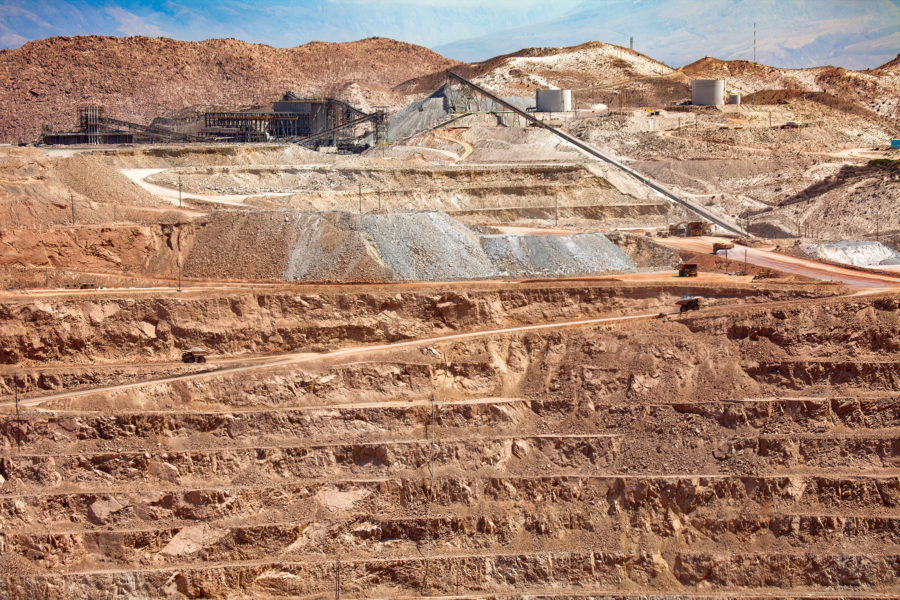Jiangxi Copper sells shares in First Quantum

Jiangxi Copper sold 1.2 million shares in First Quantum Minerals (TSX: FM; LSE: FQM) last week according to SEDI filings, BMO reports.
The Chinese company bought its equity stake in the miner in December 2019.
BMO analyst Jackie Przybylowski said the move did not come as a surprise.
“We have seen the relationship between First Quantum and Jiangxi strained since late last year,” the analyst said in a research note to clients.
Cobre Panama, which began production in 2019, is one of the largest new copper mines globally
The mining analyst note that First Quantum’s partnership with Jiangxi “was initially intended to fund an expansion at Kansanshi while continuing to allocate operating cash flows towards debt repayment. However, the actual necessity of a smelter expansion and the timing of when this would be required is unclear. Management had promised to put out a technical report on the smelter expansion in March, but that has been delayed until tentatively sometime later this year.”
Przybylowski said one consequence of Jiangxi’s move is a “lower probability that First Quantum is taken out” and “with Jiangxi no longer involved, the ‘takeout premium’ that can sometimes boost the First Quantum share price should be lowered.”
Nevertheless, she is maintaining her ‘outperform’ rating on the company and her one-year price target of C$12.50 per share. At press time in Toronto, First Quantum’s shares were trading at C$13.18 within a 52-week range of C$4.72 and C$14.12.
In a worst-case scenario in which First Quantum is unable to finance an expansion of its smelter, she said, production growth from Cobre Panama “would serve to offset the declines in Zambia.”
Cobre Panama, which began production in 2019, is one of the largest new copper mines globally. The operation, 120 km west of Panama City, includes two open-pit mines, a processing facility, two 150 megawatt power stations and a port.
In the first quarter of the year, First Quantum reported consolidated copper production of 195,285 tonnes, a 43% year-on-year increase, including a contribution of 56,240 tonnes from Cobre Panama.
Its Kansanshi smelter in Zambia processed 329,946 dry tonnes of copper concentrate, produced 80,280 tonnes of copper anode and 315,000 tonnes of sulphuric acid.
(This article first appeared in The Northern Miner on July 20)
{{ commodity.name }}
{{ post.title }}
{{ post.date }}


Comments